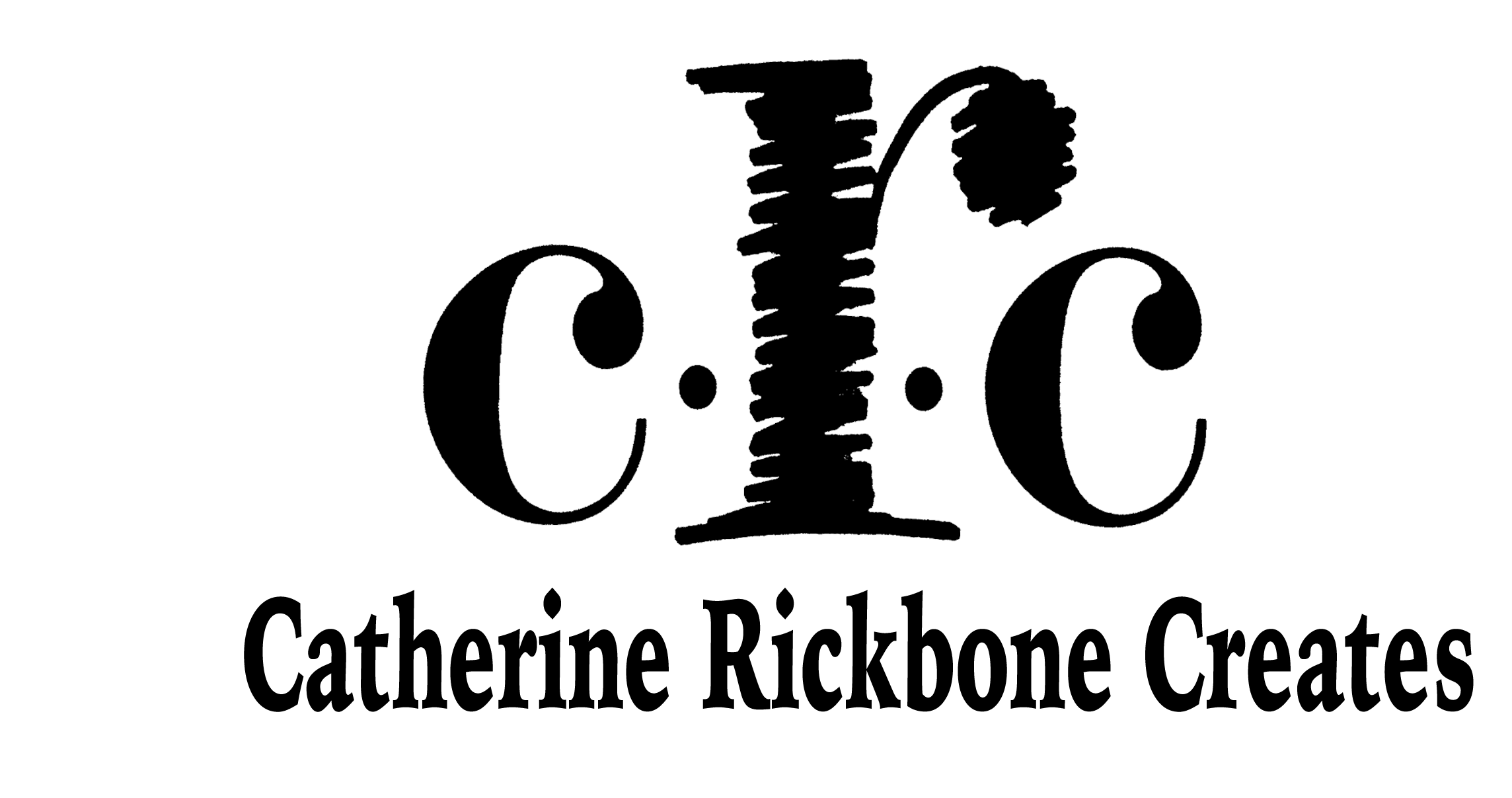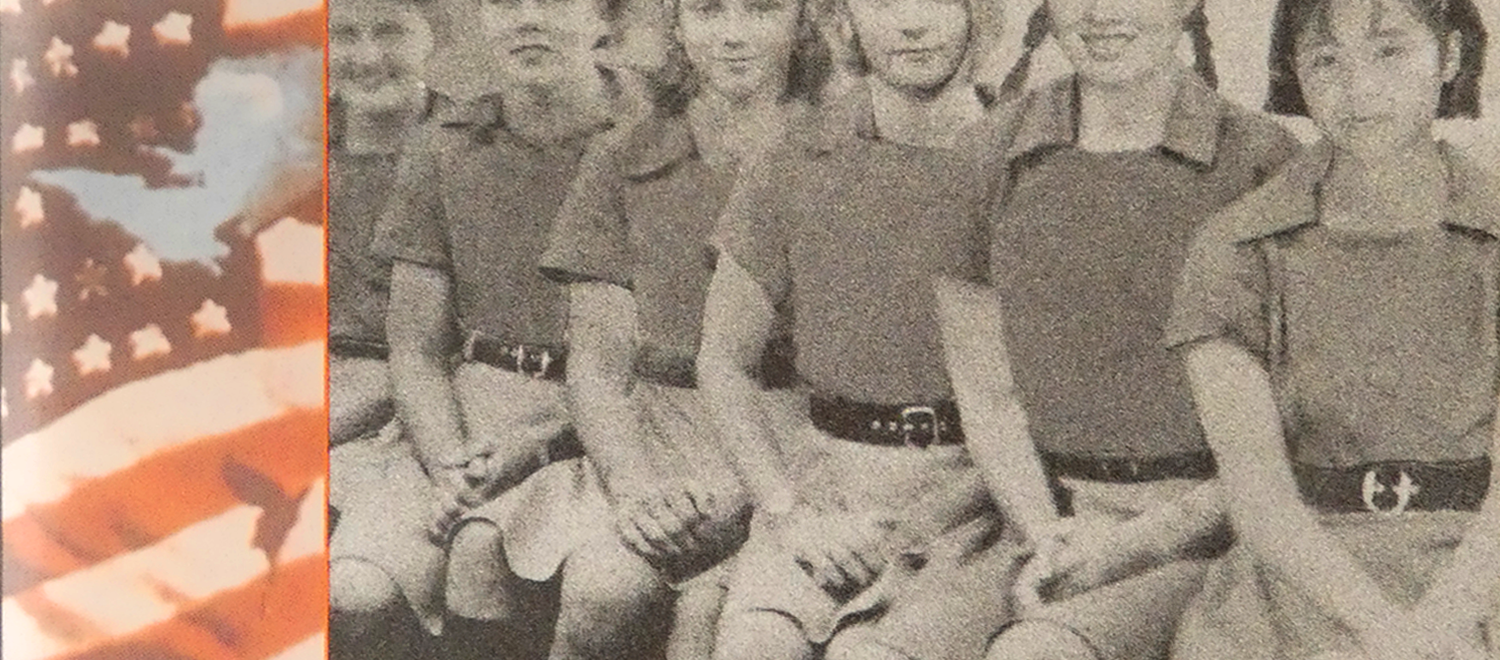Other novels inspire a variety of visual and written responses that are displayed at the arts center to be viewed and studied by the hundreds of townspeople who visit. They often ask questions and remark on what they observe. Some then read one of our novels and share their own responses. During artist receptions, before and after art classes, and during gallery tours, visitors continue to be curious about the literacy projects created by our group.
Most recently, another literacy group discussed and then presented in reader’s theater format another Paul Fleischman novel, Bull Run featuring the voices of many people involved in the Civil War. Again, family and community members provided props, encouragement, and talk. One mother sewed replica Confederate and Union costumes for a background display. With the help of a local artist, each participant designed and wore a shirt depicting a symbol for the character he or she played.
We recommend the following young adult novels that we have enjoyed, with response activities designed to encourage dialogue among generations.
Because of Winn-Dixie
Summary: A new girl in town uses her dog, Winn-Dixie, and the sharing of stories as a way to bring together a number of lonely people in Naomi, Florida.
Response activity: Opal learns ten things about her absent mother as readers learn a great deal about Opal. Each reader will make a paper Opal character and on it write ten things he/she learned about Opal in the story. On the back side of Opal, readers will make themselves and write ten things they would like Opal to know about them. Display.
Out of the Dust
Summary: In free-verse journal entries, Billie Jo captures what she learns about family and community as she lives through the Oklahoma Dust Bowl.
Response activity: Based on a line in Billie Jo’s journal, “what I am,/ I am because of the dust” (page 222), write your own “What I am, I am because of ….” poem, detailing something that has shaped your life. Spatter-paint the copy of your poem to resemble a dusty surface, then share and display.
My Louisiana Sky
Summary: Tiger Ann Parker describes her life as the daughter of mentally slow parents.
Response activity: Create and write about a symbol that represents one character in the novel. Share and display.
The Great Gilly Hopkins
Summary: Gilly Hopkins, a foster child, humorously but poignantly describes her search for “family.
Response activity: Design and write postcards to Gilly, sharing your feelings about what happens to her. Share and display.
Wringer
Summary: Palmer is a young boy who refuses to participate in an annual community pigeon shoot.
Response activity: Design t-shirts for Palmer, depicting messages that he would be pleased to wear. Display the paper shirts on a rope clothes line.
Friendship
Summary: In rural Mississippi in 1933, African American Cassie Logan and her brothers witness the white storekeeper’s mistreatment of their elderly friend, Mr. Tom Bee.
Response activity: Draw around your hands, write statements about friendship on the shapes, and glue the hands to a poster to create a repeat poem about friendship. Display.
Mississippi Bridge
Summary: After African Americans are removed from an overloaded bus to make room for whites in rural Mississippi during the 1930s, the bus slips off a rickety bridge, plunging the passengers to an icy death in the river below. Only then do the townspeople unite in action.
Response activity: On a large paper bridge, write thoughts about creating “bridges” in your own community. Contributions may include quotations, clippings, drawings, and reflections. Display.
Bat 6
Summary: Set after World War II, this novel explores what happens when teams from opposing communities each add a new player for the annual sixth grade girls’ softball game.
Response activity: Collaboratively construct a Venn diagram to help readers discover how the two new girls are different and alike. Display.
(During the Bat 6 discussion, a mother-daughter team surprised the group with an apple spice cake made with the recipe on the last page of the novel.)
Dr. Gerrit W. Bleeker, was Professor of English at Emporia State University, whose specialized in young adult literature, English education, and American literature. He served on the National Board for Professional Teaching Standards for English Language Arts.
Barbara Bleeker taught in the Department of Early Childhood and Elementary Education at Emporia State University, where she was a specialist in children’s literature and reading and writing connections. She and Gerrit Bleeker co-authored a column about children’s and young adult books for the Topeka Capital Journal.
An advocate of all art forms including literary arts, Catherine Rickbone was the Executive Director of the Emporia Arts Council, where she encouraged community-based programs such as “Let’s Talk About It” so people of all ages could celebrate the arts.
Printed in Voices of Youth Advocates
Vol. 26, No. 4, October 2003
READ MORE:
- Articles (5)
- Press Releases (1)
- Readings (4)


buy quality backlinks
oknuqviym zornj mekzlxr iixy drpuhuvrarhlzir